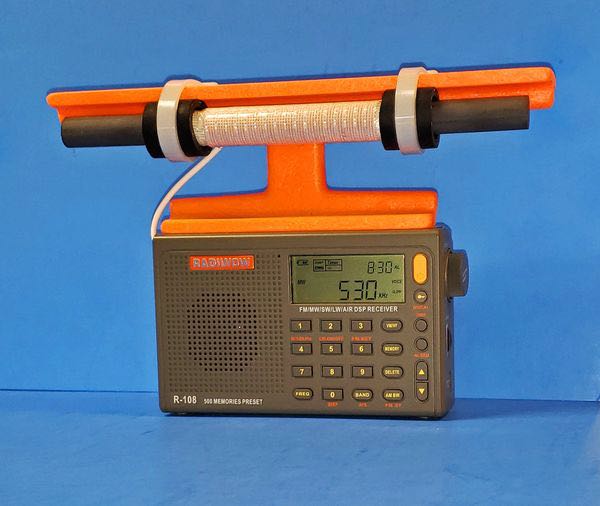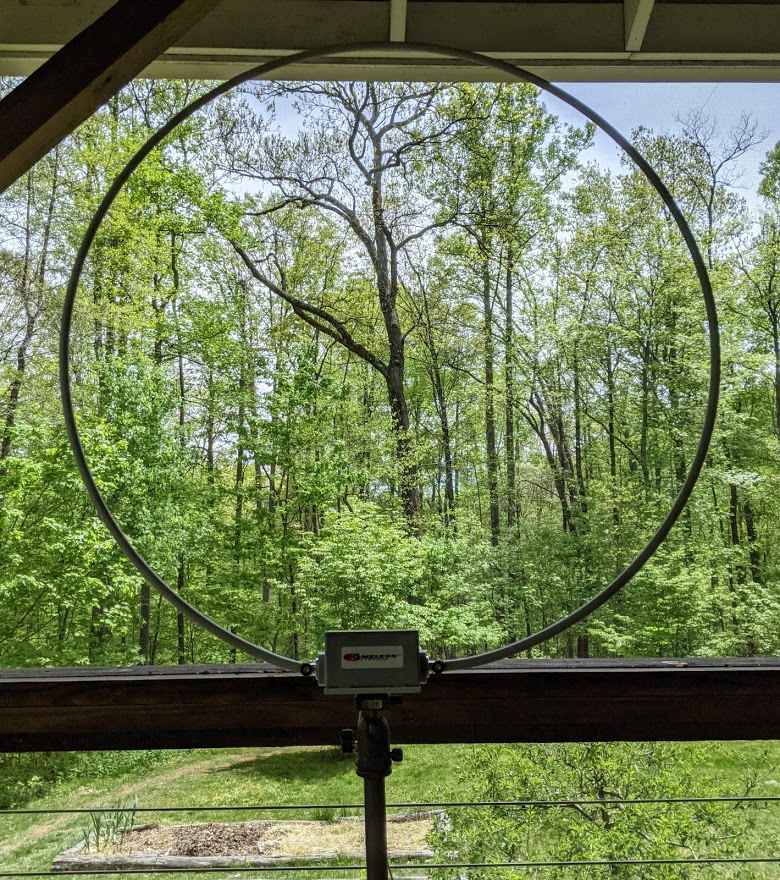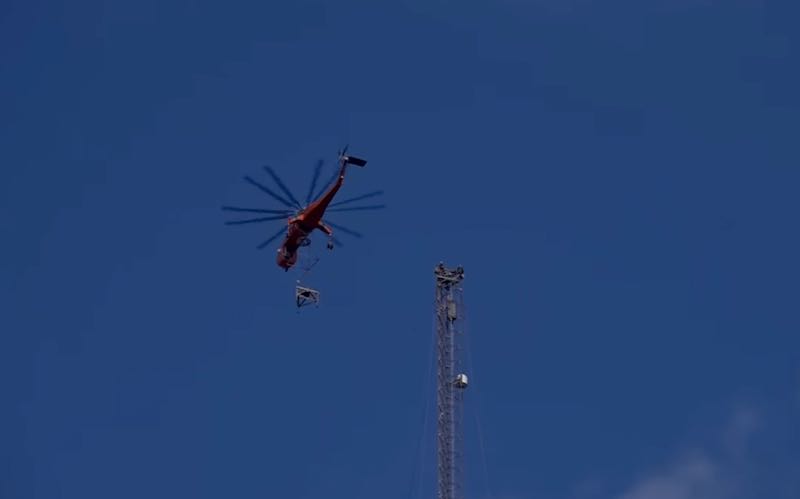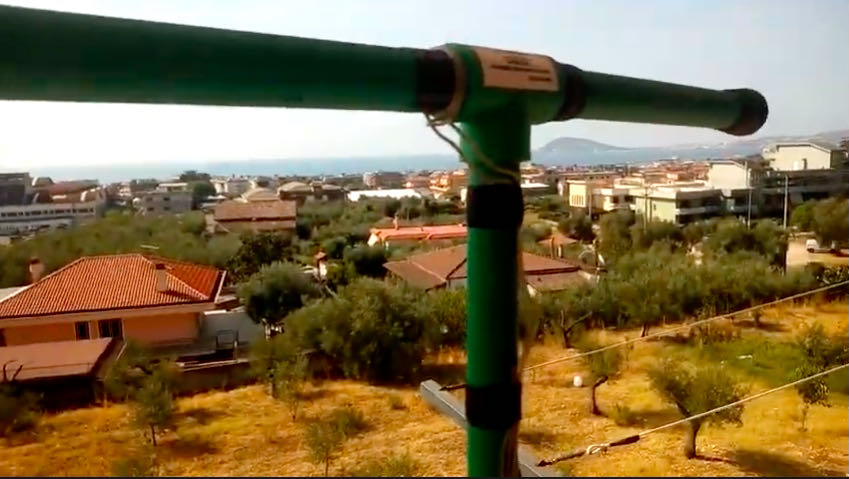 Many thanks to SWLing Post contributor, Rob Gray, who writes:
Many thanks to SWLing Post contributor, Rob Gray, who writes:
Happy Holidays Thomas!
As I see those that like to raise awareness of radios in TV and movies, here’s my submission. A Swedish friend of mine sent this to me and it’s a little rough to follow without knowing the language, but there are certainly radios in the episode!
73,
Rob
The radios get going around 3:53 and 4:35, 11:15, etc.
As a side note, I’m happy to see the chess board properly oriented, I’ve frequently seen the board rotated 90 degrees from proper in programs, and even on display in Russian museums!
Thank you so much for sharing this, Rob!






